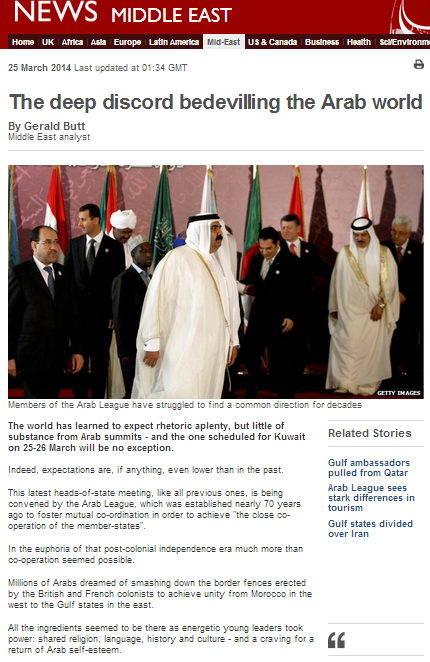As readers no doubt noticed at the time, towards the end of Operation ‘Pillar of Cloud’ the Middle East section of the BBC News website carried a special feature entitled “Middle East Crisis” which remained in situ for roughly three weeks.
One of the items comprising the feature was a report entitled “Mapping the Attacks”.
That link leads to a page which purports to show “Israel – Gaza violence in maps”.
Obviously, neither the scale nor the format of the two maps is comparable. Whilst the map of Gaza uses a satellite photograph and includes the orange hatched areas to give some idea of the scale of towns and villages, on the map of Israel the city of Tel Aviv – with a population of well over 404,000 people in the city itself and 3.3 million people in its municipal boundaries (44% of the population of Israel) – is marked in exactly the same way as Sderot, which has around 24,000 residents. Regional councils such as Eshkol and Sha’ar HaNegev are marked in the same manner as towns and cities. The agricultural communities surrounding the Gaza Strip, which sustained some of the most intense attacks throughout the operation, are completely absent from the map.
The maps give no sources for the statistics cited. The figure of 103 civilian deaths in the Gaza Strip out of a total of 158 leaves readers to reach the conclusion that 55 of those killed were terrorists. And as we know, this information will become part of the “permanent public record” in the BBC website archive, to be accessed and used in years to come by those relying on the BBC as a trustworthy source.
Whilst casualty figures from various sources differ considerably, there is only one source to the best of this writer’s knowledge which has cited the number 103 in relation to civilian deaths.
UN OCHA gives a total casualty figure of 158, without any proper breakdown of combatants and non-combatants. B’Tselem’s partial report issued 48 hours before the ceasefire came into effect cited 102 deaths including 40 civilians – i.e. 62 terrorists. Shortly after the operation ended, the IDF gave a figure of 93 terrorists killed – 66 from Hamas alone. Later, that figure was revised to 120 terrorists killed and 57 civilians.

The Palestinian Centre for Human Rights (PCHR) has two sets of figures. Its report of November 22nd stated that 156 Palestinians had been killed – 103 of them civilians. A later bulletin from November 24th amended those figures to 160 dead – 105 of them civilians.
In the absence of any attribution of the cited statistics it is difficult to determine whether the BBC used figures provided by the PCHR or not, but the figure of 103 civilians does seem to point in that direction. If that is indeed the case, then obviously BBC audiences should also be informed as to the reliability of the PCHR and any statistics it may provide.
Founded in Gaza City in 1995, the PCHR rejects the Oslo Accords and promotes the ‘right of return’ for Palestinian refugees. It consistently refers to the IDF as IOF (‘Israel Occupation Force’) and engages in ‘lawfare’ – including lobbying against the changes made to the ‘universal jurisdiction’ law by the British Parliament. The PCHR engages in the use of ‘apartheid’ rhetoric and accusations of the ‘Judisation’ of Jerusalem and ‘ethnic cleansing’. In 2000 the PCHR described Hizballah as “the legitimate Lebanese resistance against Israeli occupation in Lebanon”, comparing the Iranian-backed terror organization to the French Resistance during World War II. In 2010 the PCHR claimed that the rededication of the restored Hurva Synagogue in Jerusalem (destroyed by the Jordanian Arab Legion in 1948) was a “war crime”.
The PCHR report on casualties in Operation Cast Lead in 2008/9 stated that 1,167 (82.2%) of the Palestinians killed during the conflict were civilians and that only 252 of those killed (17.8%) were “resistance activists”. Those figures are not even claimed by Hamas, with Fathi Hamad having admitted in an interview in 2010 that some 600-700 Hamas terrorists had been killed.
Obviously, as any objective observer would conclude, the PCHR is politically-motivated and not above using its ‘human rights’ mantle to further its agenda. It has provided and promoted false casualty statistics in the past, and therefore one would assume that conscientious journalists would be very wary about quoting it as a source or promoting it.
Oops!






